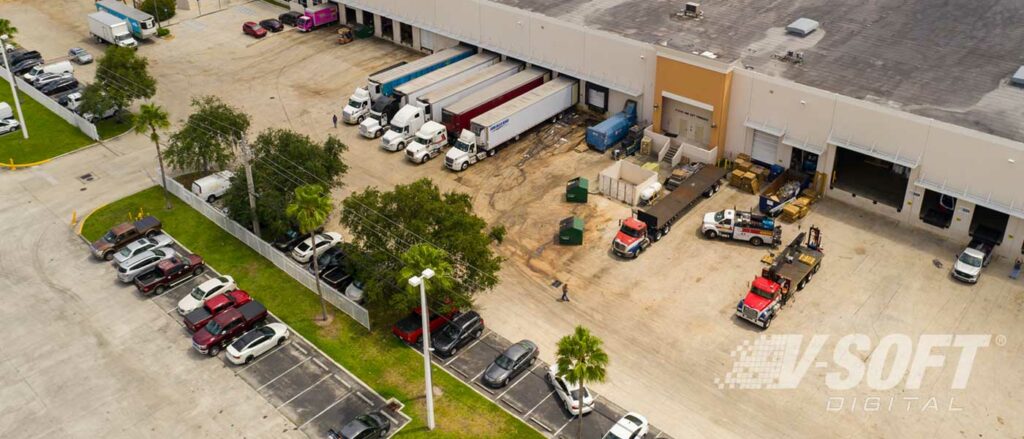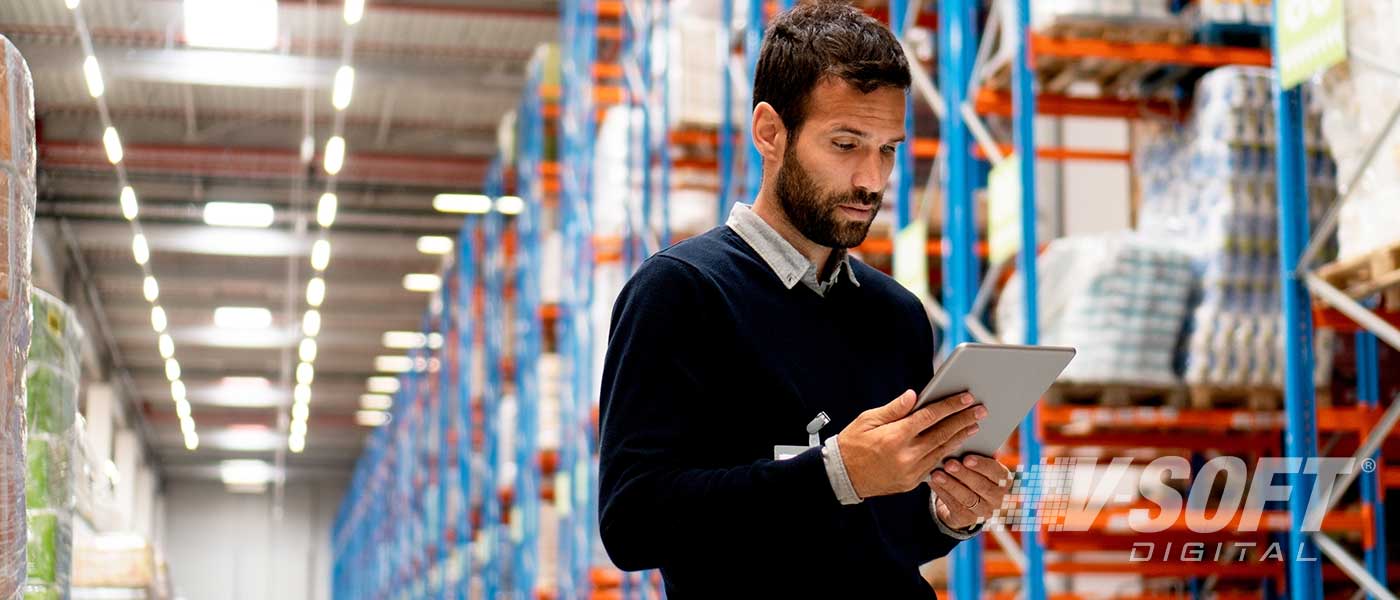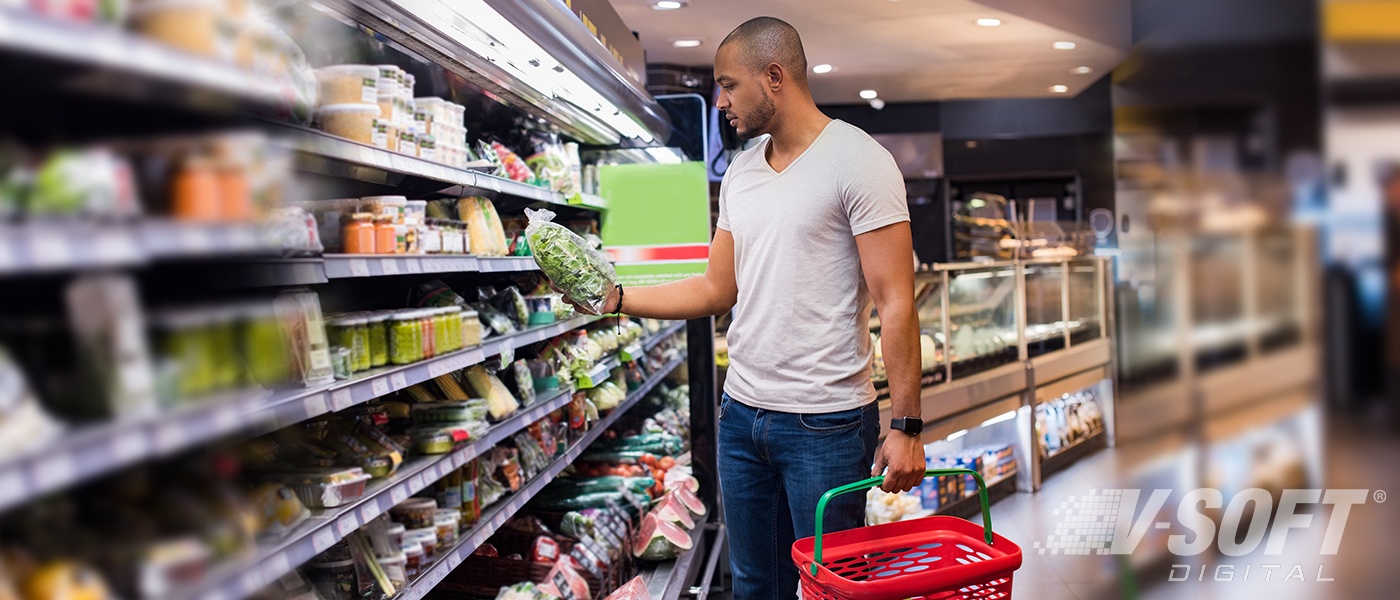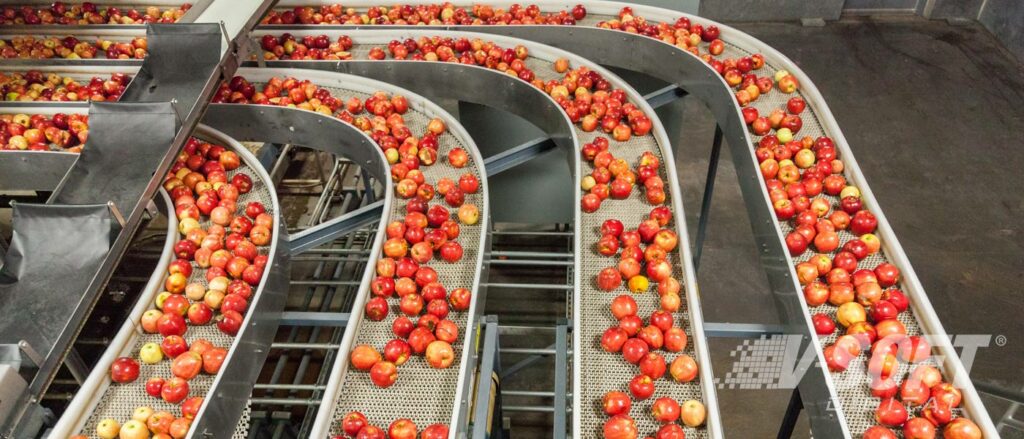The Secret to Modernization of Inventory Management in the Retail Supply Chain
Most retail supply chain managers are seeking to modernize their inventory management strategy to gain benefits we’ve experienced with our clients, including a 17% improvement in carrier reliability, a 42% reduction in planning adjustments, and a 28% reduction in stock-outs. A retail inventory management (RIM) solution helps improve efficiency and drive reliability while optimizing business processes around planning, labor, and delivery. Inventory management ensures the right amount of product arrives at the right time so customers can be served and satisfied. Advances in technology are enabling automation of many processes within inventory management.
Let’s dig into a few ways you can digitize the inventory management chain to reduce your costs and drive efficiency for your business.
Modernizing Inventory Management Case Study Brief
Chilango, a fast-casual Mexican restaurant chain, had a successful food and beverage program, but was struggling to scale it. The company had no visibility into their distribution network and needed better insights into what their customers were buying and when so they could identify the best route for a given delivery in real time. Through data analytics and process mapping, Chilango was able to uncover areas for improvement in order reliability and optimize deliveries based on historical purchases and localized weather forecasts. They leveraged this data to inform their future operations, increase product variety at new stores, strengthen local partnerships, and meet customer needs.

Four Key Benefits of Modernizing the Supply Chain
Stronger Vendor Management
A large retail manufacturer experienced forty-eight million dollars in annual cost savings due to shipment optimization.
Clearer Carrier Management, Insights, and Reliability
A North American beverage outlet achieved a 17% improvement in carrier reliability.
Smoother Deliveries with Real-time Automatic Adjustments
A retail company saw a 27% reduction in stock-outs and a 42% reduction in planning adjustments.
Improved Customer Satisfaction
A shoe manufacturer benefitted from a 10% reduction in returns thanks to improved order accuracy.
What is RPA?
RPA stands for Robotic Process Automation. This technology is designed to automate repetitive, high-volume, and often mundane tasks, allowing employees to focus on more strategic objectives to grow the business. These automated ‘robots’ are implemented to take over the grunt of these tasks, while employees can review analytical dashboards, inspect work, and monitor activity with ease. RPA can automate tasks such as invoice processing, inventory tracking, and form filling, among others.
In the drive for efficiency with low-errors, RPA is a tool utilized as an automation solution. This can include integrating data inputs from various sources, including IoT devices, other programs, and even partner companies, feeding information into the company’s systems to manage, track, report, and execute various functions of supply chain management.
What are the Steps of a Successful RPA Implementation?
- Discovery
- Process Mapping
- Process Mining
- Process Modeling
- Optimization
- Orchestration
- Monitoring
Other Highlights to the Digital Transformation of the Retail Supply Chain
In today’s world of real-time, accurate information, transparency is king and a modern supply chain helps provide that insight through various methods. Those who master their supply chain stand a good chance of moving to the forefront of their industry and winning over the competition.
- Inventory Management (covered in this article)
- Omnichannel Sales
- Deduction Management
- Procurement
- Recruiting/Onboarding
We will be delving into these critical eras in the modernization of the retail supply chain, so stay tuned and thanks for checking out what we hope is a value to you on your journey.











